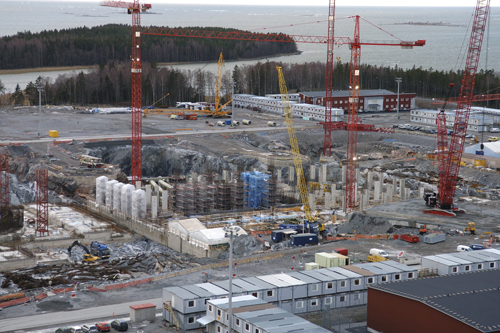Mixed feelings have been portrayed on the Edinburgh property market’s recent position. While, on the one hand, figures provided by Strutt & Parker have shown that premium property sales have successfully achieved yet another year of growth up to this January, it is also notable that the average sale price of such properties did, in fact, fall markedly. 148 premium properties (of values above £300,000) were reported to be sold in Edinburgh over the course of January, which represented a nice increase from the figures last year, which came in at 131, which also built upon from the previous years of 136 for 2014, and 109 for 2013. In total, some 535 premium properties were sold across Scotland this January, which is a considerable increase from last year’s figures of 494 sales. Again, 5,330 traditional properties valued at less than £300,000 were also sold, which was, again a considerable increase on last year’s figure of 4,144. And while these two increases show an improved market for the purchase and sale of properties, suggesting a buoyant market sector, it has also been reported that the average house value for Scottish properties fell as low as £163,610, a reduction as opposed to last year’s figure of £166,682. In line with the falling value of Scottish properties, the average sale price of premium properties also fell, clocking in a £227,899 this year, as opposed to £236,696 last. Additionally, the share of the market which premium properties made up also fell, from 23.9% to 21.1% specifically. Yet, Strutt and Parker’s Blair Stewart stresses that this is nothing to be worries about, with the price drops only being of a marginal amount, while the considerable increase in the number of sales is very encouraging. Highlighting that the market for premium properties has actually enjoyed sustained growth over the last few years, Blair Stewart went on to comment that, “It has shown strength in the early months of 2016.”










